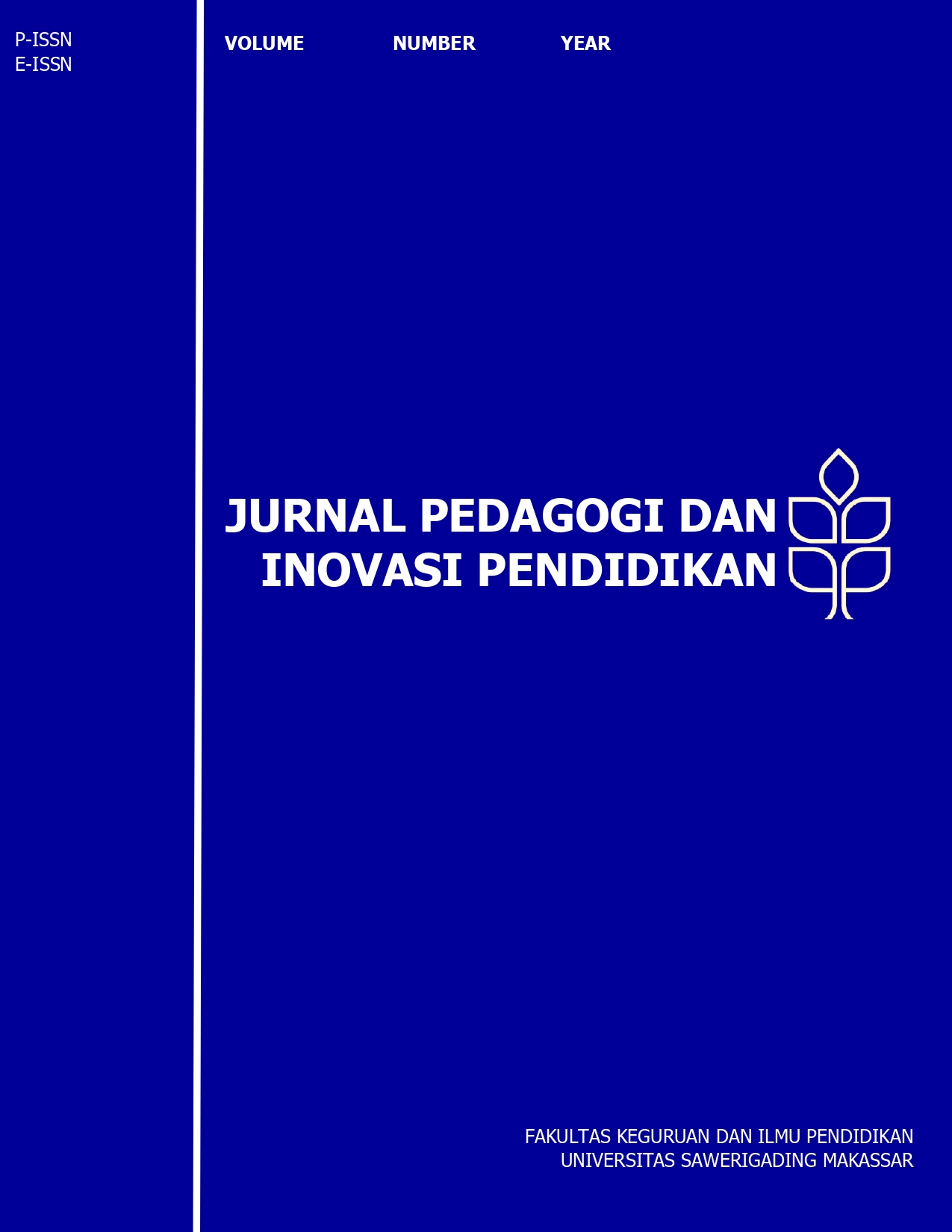Improving Mathematical Creativity: The Utilization of Augmented Reality for Elementary Students' Learning
Keywords:
Mathematical creativity, Augmented reality, Elementary school.Abstract
Creative thinking is an essential skill that elementary school students must possess to face the challenges of the 21st century. The purpose of this study is to analyze the impact of improving and achieving students' mathematical creative thinking abilities through the intervention of Augmented Reality (AR)-based learning. Two groups of students were involved: an experimental group that received AR-based learning and a control group that underwent conventional learning. The aspects of creative thinking abilities measured included fluency, flexibility, elaboration, and originality. These aspects were evaluated through pre-tests and post-tests. A total of 62 students participated in this study, consisting of 32 students in the experimental group and 30 students in the control group. Data were collected using essay tests designed to measure students' creative thinking abilities. The results of the mean difference test showed that the experimental group achieved significant improvement in creative thinking abilities compared to the control group. AR proved effective in enhancing student engagement and mathematical creative thinking abilities, particularly in the aspects of fluency and flexibility. This study recommends the use of AR as an innovative tool for mathematics learning in elementary schools.
Downloads
References
Adharini, D., & Herman, T. (2021). Didactical design of vectors in mathematics to develop creative thinking ability and self-confidence of Year 10 students. Journal of Physics: Conference Series, 1882(1), 012089. https://doi.org/10.1088/1742-6596/1882/1/012089
Akbar, A., Herman, T., & Suryadi, D. (2023). Culture-Based Discovery Learning and its Impact on Mathematical Critical Thinking Skills. Jurnal Ilmiah Sekolah Dasar, 7(3), 436–443. https://doi.org/10.23887/jisd.v7i3.59921
Akçayır, M., & Akçayır, G. (2017). Advantages and challenges associated with augmented reality for education: A systematic review of the literature. Educational Research Review, 20, 1–11. https://doi.org/10.1016/j.edurev.2016.11.002
Alkhabra, Y. A., Ibrahem, U. M., & Alkhabra, S. A. (2023). Augmented reality technology in enhancing learning retention and critical thinking according to STEAM program. Humanities and Social Sciences Communications, 10(1), 174. https://doi.org/10.1057/s41599-023-01650-w
Angraini, L. M., Susilawati, A., Noto, M. S., Wahyuni, R., & Andrian, D. (2023). Augmented Reality for Cultivating Computational Thinking Skills in Mathematics Completed with Literature Review, Bibliometrics, and Experiments for Students. Indonesian Journal of Science and Technology, 9(1), 225–260. https://doi.org/10.17509/ijost.v9i1.67258
Anwar, M. (2024). Leveraging Augmented Reality to Cultivate Higher-Order Thinking Skills and Enhance Students’ Academic Performance. International Journal of Information and Education Technology, 14(10), 1405–1413. https://doi.org/10.18178/ijiet.2024.14.10.2171
Astuti, A. P., Aziz, A., Sumarti, S. S., & Bharati, D. A. L. (2019). Preparing 21st Century Teachers: Implementation of 4C Character’s Pre-Service Teacher through Teaching Practice. Journal of Physics: Conference Series, 1233(1), 1–8. https://doi.org/10.1088/1742-6596/1233/1/012109
Bahari, N. K. ., Darsana, I. ., & Putra, D. (2018). Pengaruh Model Discovery Learning Berbantuan Media Lingkungan Alam Sekitar terhadap Hasil Belajar IPA. Jurnal Ilmiah Sekolah Dasar, 2(2), 103–112. https://doi.org/http://dx.doi.org/10.23887/jisd.v2i2.15488
Bereczki, E. O., & Kárpáti, A. (2021). Technology-enhanced creativity: A multiple case study of digital technology-integration expert teachers’ beliefs and practices. Thinking Skills and Creativity, 39, 100791. https://doi.org/10.1016/j.tsc.2021.100791
Bosch, N. (1997). Rubric for creative thinking skills evaluation. https://adifferentplace.org/creativethinking.html
Brousseau, G. (1997). Theory Of Didactical Situations In Mathematics. Kluwer Academic Publishers.
Cahyono, A. N., Sukestiyarno, Y. L., Asikin, M., Miftahudin, Ahsan, M. G. K., & Ludwig, M. (2020). Learning mathematical modelling with augmented reality mobile math trails program: How can it work? Journal on Mathematics Education, 11(2), 181–192. https://doi.org/10.22342/jme.11.2.10729.181-192
Cahyono, B., Firdaus, M. B., Budiman, E., & Wati, M. (2018). Augmented Reality Applied to Geometry Education. 2018 2nd East Indonesia Conference on Computer and Information Technology (EIConCIT), 299–303. https://doi.org/10.1109/EIConCIT.2018.8878553
Chen, Y. (2019). Effect of Mobile Augmented Reality on Learning Performance, Motivation, and Math Anxiety in a Math Course. Journal of Educational Computing Research, 57(7), 1695–1722. https://doi.org/10.1177/0735633119854036
Dinayusadewi, N. P., & Agustika, G. N. S. (2020). Development Of Augmented Reality Application As A Mathematics Learning Media In Elementary School Geometry Materials. Journal of Education Technology, 4(2), 204. https://doi.org/10.23887/jet.v4i2.25372
Elsayed, S. A., & Al-Najrani, H. I. (2021). Effectiveness of the Augmented Reality on Improving the Visual Thinking in Mathematics and Academic Motivation for Middle School Students. Eurasia Journal of Mathematics, Science and Technology Education, 17(8), em1991. https://doi.org/10.29333/ejmste/11069
Estapa, A., & Nadolny, L. (2015). The Effect of Augmented Reality Applications in Biology Lesson on Academic Achievement and Motivation. Journal of STEM Education, 16(3), 40–48. https://doi.org/10.21891/jeseh.1059283
Faradillah, A., & Maulida, A. (2022). Students’ creative thinking ability assisted augmented reality based on visualizer-verbalizer cognitive style. Jurnal Elemen, 8(2), 659–674. https://doi.org/10.29408/jel.v8i2.5693

Downloads
Published
Issue
Section
License
Copyright (c) 2025 Jurnal Pedagogi dan Inovasi Pendidikan

This work is licensed under a Creative Commons Attribution-NonCommercial-ShareAlike 4.0 International License.



